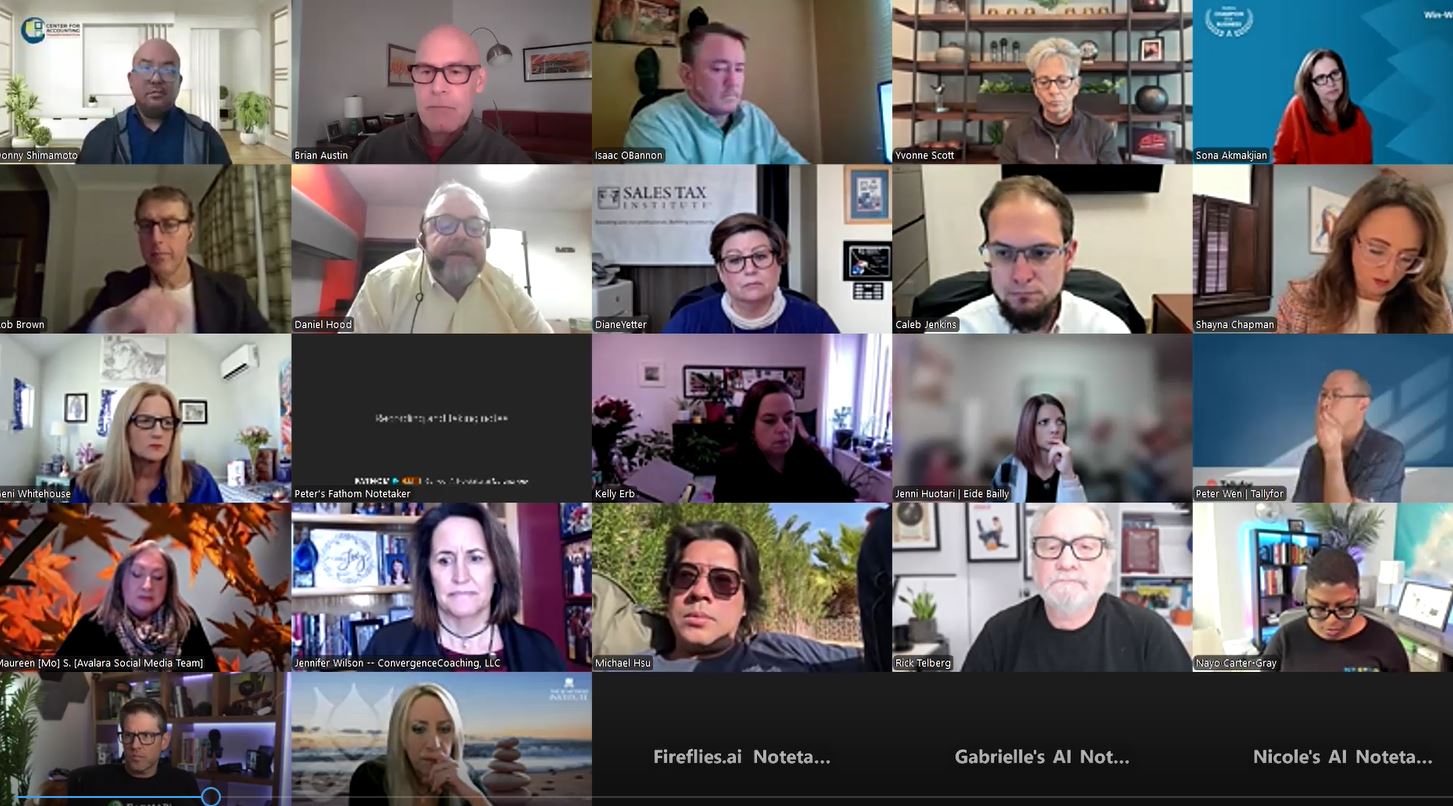The agreement passed by Congress to avert the “fiscal cliff” may increase the already growing percentage of investors turning to professionals to help them prepare their tax returns and minimize their capital gains responsibility.
The higher capital gains rates and the 3.8 percent add-on for investment income for higher earners in 2013 are likely to increase buying and selling as affected taxpayers shift their portfolios to more tax-efficient investments. As a result, even more investors will need the help of tax pros to determine the cost basis of their securities.
Even prior to the new law, it was estimated that one-third of all investors who have been preparing their own tax returns may require the services of professionals to help them navigate the new law on cost basis reporting and the supporting forms required by the IRS.
Tax professionals are well equipped to help investors fulfill the new IRS requirements thanks to sophisticated software that enables them to accurately determine the cost basis of a client’s stocks in a matter of minutes.
About 25 million U.S. households have investment accounts, according to international research and advisory firm Celent. Today, about 75 percent of them do their taxes without the help of a pro. As the cost basis reporting requirements are phased in, Celent estimates that as many as one-third of the untapped households – about six million — could become new clients of tax professionals.
The cost basis reporting requirements were mandated by the Emergency Economic Stabilization Act of 2008. Currently, brokers should be tracking adjusted cost basis for stocks investors acquired after January 1, 2011, and for mutual funds and dividend reinvestment plans (DRiPs) acquired after January 1, 2012. The last phase of cost basis reporting mandates that intermediaries track adjusted cost basis for fixed income and options. Previously the compliance date was set for January 2013, but has been deferred for a year to January 1, 2014.
Investors have found that many brokers have struggled to provide them accurate cost basis data. Some brokers reported significant challenges with getting all of the data between books and records, cost basis reporting systems, and tax reporting systems together to put out a 1099-B by February 15 last year.
Additionally, many firms had to issue corrected 1099-Bs as a result of events occurring in January that ultimately affect the prior year’s basis such as returns of capital or potential buy/sells that may trigger a wash sale. Mutual funds must now consider these challenges ahead of the 2012 tax reporting season.
One of the tools that many professionals are using to determine cost basis is Netbasis from Networth Services, Inc. The system helps help cover all possible transactions for a security, and also can be used to reconcile a Form 1099-B with Form 8949 and export it into a Schedule D. The program automatically calculates the adjusted cost basis for any security going back as far as 1925, and gives investors the ability to choose the tax treatment of securities sales, which is allowed under the new legislation. Netbasis can also calculate the cost basis for securities that were gifted or inherited.
Thanks for reading CPA Practice Advisor!
Subscribe Already registered? Log In
Need more information? Read the FAQs
Tags: Advisory
![gavel1_11537663[1]](https://www.cpapracticeadvisor.com/wp-content/uploads/2020/03/gavel1_11537663_1_.5e6a69aa237a8.png)


